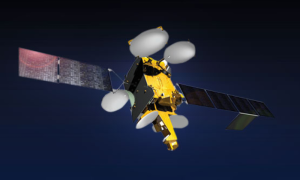Monitoring Desk
ISLAMABAD/WALES: More than 100,000 diabetic patients with type 1 desease in England and Wales may soon have access to new technology to help them control their disease through the National Health Service (NHS).
When necessary, the system uses a glucose sensor under the skin to release insulin immediately. Health experts claimed that, in the absence of treatment, it was the best method for managing diabetes. According to a nonprofit, the “closest thing to a working pancreas” would improve lives.
Technology for Diabetic Patients
The National Institute of Health and Care Excellence (NICE), the health organization that recommended the technology, stated that manufacturers still needed to agree on more affordable pricing. In tests, it decreased the possibility of long-term health issues while also enhancing the quality of life.
Approximately 29,000 children and 400,000 adults in the UK now have type 1 diabetes. Their pancreas generates very little or no insulin, a crucial hormone that aids with converting food into energy.
As a result, individuals must constantly monitor their blood glucose levels and top off their insulin levels with injections or an insulin pump.
This new device performs that automatically, simulating the function of a pancreas; however, it still needs knowledge about dietary intake to function correctly.
According to Prof. Partha Kar, national specialty adviser for diabetes at NHS England, “this technology has been demonstrated to give the best control for controlling type 1 diabetes and should make things like amputations, blindness, and kidney difficulties may be a thing of the past.”
The system should first be made available to patients in England and Wales who cannot control their diabetes, including pregnant women, according to NICE’s draught guidelines, which could represent 100,000 people in England alone.
NICE said it wants to settle on pricing for the NHS that is “fair to taxpayers” even though the equipment now costs close to £6,000 a year.


























